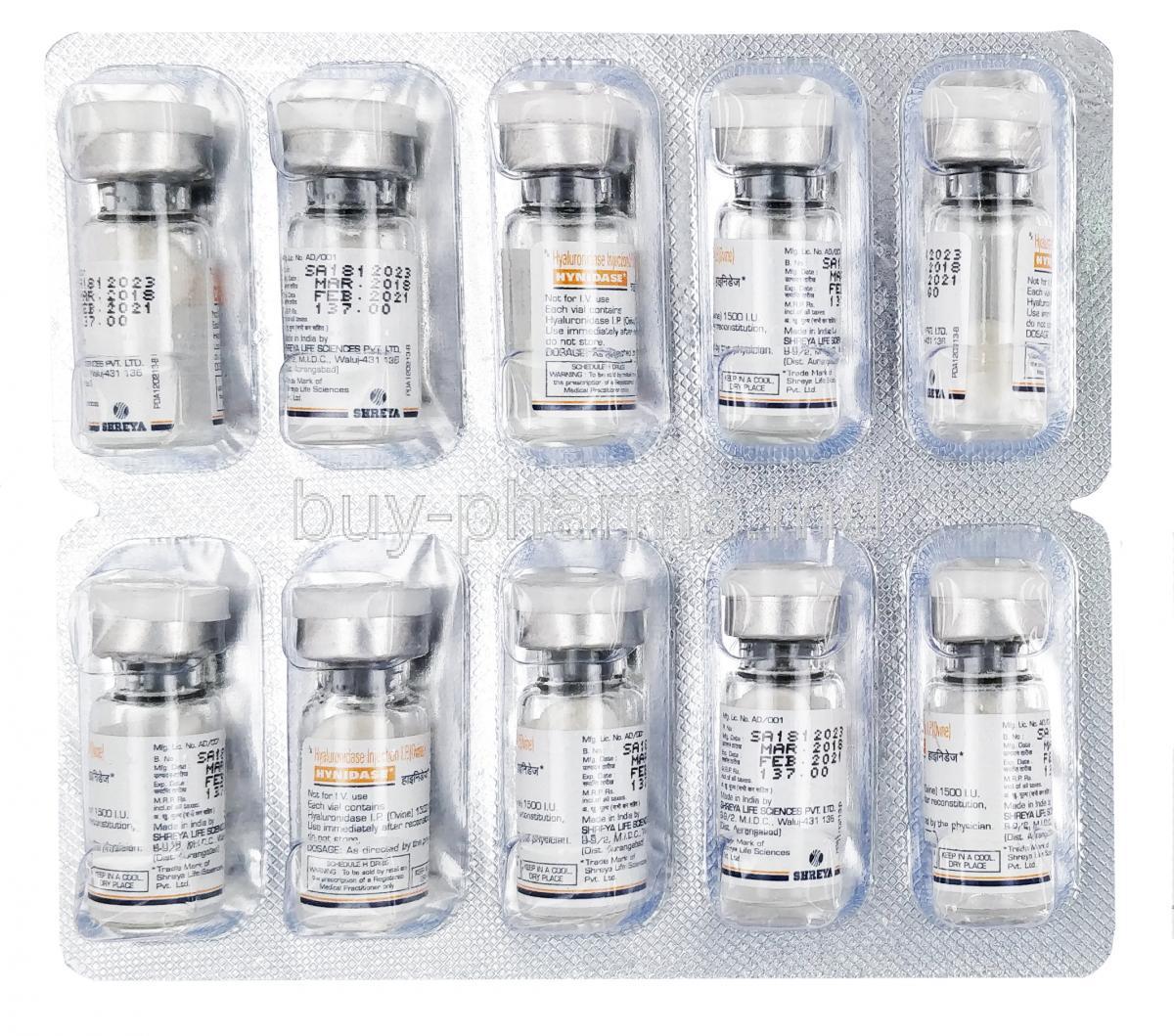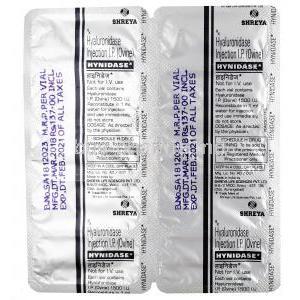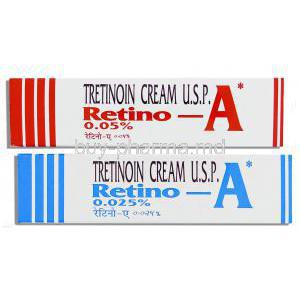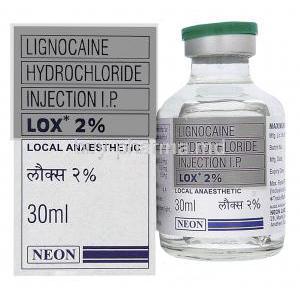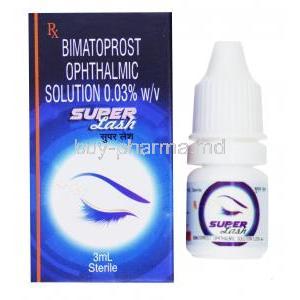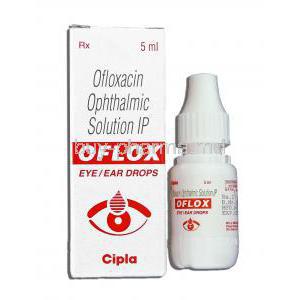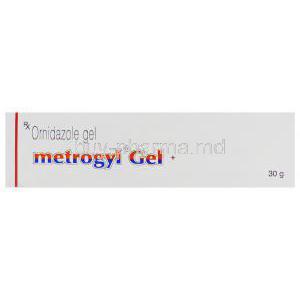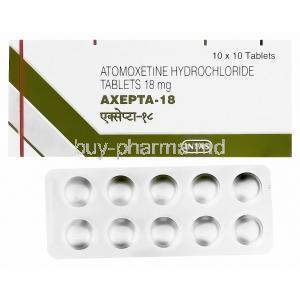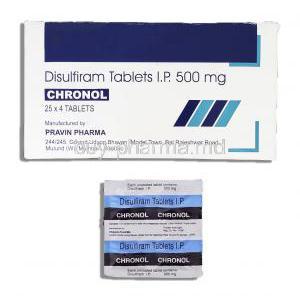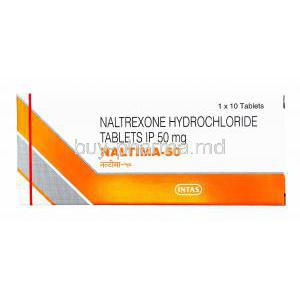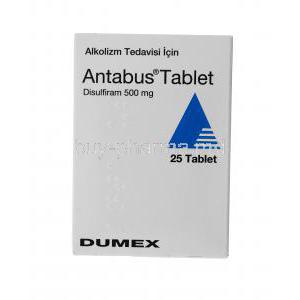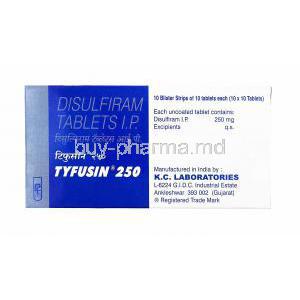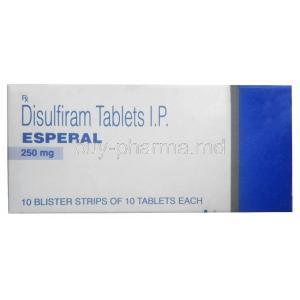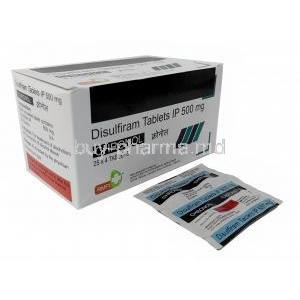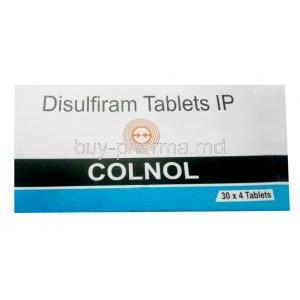1. Introduction to Hyaluronidase Injection
What is Hyaluronidase?
Hyaluronidase is an enzyme-based injectable agent that facilitates the breakdown of hyaluronic acid, a naturally occurring substance found within connective tissues. By targeting this component, hyaluronidase promotes fluid dispersion and enhances tissue permeability, enabling more efficient absorption of co-administered drugs.
Historical Development and Medical Relevance
The clinical utility of hyaluronidase dates back to the early 20th century, when it was initially explored for its permeability-enhancing properties. Over the decades, its role has expanded across multiple disciplines including ophthalmology, oncology, aesthetic medicine, and emergency care. The development of recombinant human hyaluronidase has further broadened its clinical acceptance due to reduced immunogenicity.
Overview of Enzymatic Function in Tissue Permeability
Hyaluronidase acts by hydrolyzing the glycosaminoglycan hyaluronic acid, effectively reducing its viscosity and promoting tissue permeability. This enzymatic action permits faster and wider dispersion of injected fluids, enabling medications to reach their target sites more effectively and reducing the risk of subcutaneous accumulation.
2. Composition and Pharmaceutical Formulation
Active Ingredient: Hyaluronidase (Source: Human/Recombinant/Bovine)
The primary active component in hyaluronidase injections is the hyaluronidase enzyme itself, which may be derived from:
- Bovine testicular extract
- Recombinant human technology
- Ovine or porcine sources (rare)
Each source may present differing immunologic profiles and clinical tolerability.
Available Strengths and Formulations
Hyaluronidase is available in various concentrations, typically ranging from 150 to 1500 units per mL. Formulations include:
- Ampoules for single-use applications
- Multi-dose vials
- Prefilled syringes designed for aesthetic or ophthalmic procedures
Inactive Ingredients and Stabilizers
Excipients may include sodium chloride, phosphate buffer, and stabilizing agents to maintain enzyme activity and ensure isotonicity. Preservatives such as benzyl alcohol may be present in multi-use formats.
Brand Names and Generic Availability Globally
Brand names include Vitrase®, Hylenex®, and Hylase®, among others. Generic versions are widely available, particularly in regions with broad access to biosimilar products.
3. Mechanism of Action: How Hyaluronidase Works in the Body
Enzymatic Breakdown of Hyaluronic Acid in Connective Tissue
Hyaluronidase cleaves the beta-1,4-glycosidic bonds in hyaluronic acid, leading to depolymerization and reduced viscosity. This disrupts the extracellular matrix and enhances molecular movement through interstitial spaces.
Enhancement of Subcutaneous Absorption and Dispersion of Injected Fluids
By liquefying the intercellular gel, hyaluronidase enables faster and more even distribution of injected medications, including local anesthetics and hydration fluids. This effect reduces pooling and improves onset of action.
Impact on Tissue Permeability and Localized Diffusion
Heightened tissue permeability allows not only for enhanced drug delivery but also for the dispersion of excess fluids and reduction in edema. It is particularly useful in managing localized drug extravasation and hematoma formation.
4. Approved Medical Uses of Hyaluronidase Injection
As an Adjuvant to Enhance Absorption of Other Injectable Drugs
Hyaluronidase is routinely employed to facilitate the systemic uptake of subcutaneously administered medications, such as insulin and chemotherapeutic agents. It optimizes drug bioavailability and reduces injection site resistance.
Subcutaneous Fluid Administration (Hypodermoclysis)
In palliative and geriatric care, hyaluronidase aids in the subcutaneous infusion of hydration solutions by reducing tissue resistance and increasing fluid absorption capacity.
Promoting Resorption of Radiopaque Agents and Contrast Dyes
When contrast agents or dyes become localized due to infiltration, hyaluronidase accelerates their dispersal, minimizing inflammatory responses and tissue discoloration.
Treatment of Extravasation of Parenteral Drugs
Hyaluronidase mitigates the damage caused by inadvertent leakage of certain intravenous drugs into surrounding tissue, enhancing drug dispersion and decreasing local toxicity.
Ophthalmic Use During Cataract Surgery
In ocular surgery, particularly cataract procedures, hyaluronidase facilitates anesthesia diffusion into peribulbar tissues, enhancing surgical comfort and reducing intraocular pressure fluctuations.
5. Off-Label and Cosmetic Uses of Hyaluronidase Injection
Hyaluronic Acid Filler Correction and Reversal in Aesthetic Medicine
Cosmetic practitioners use hyaluronidase to correct overfilling, asymmetry, or vascular occlusion caused by hyaluronic acid dermal fillers. It offers a rapid and targeted solution for aesthetic emergencies.
Management of Edema, Hematoma, and Lipohypertrophy in Insulin Therapy
Localized swelling due to repetitive insulin injections can be alleviated through hyaluronidase-mediated dispersion. It is also used to resolve hematomas and enhance tissue remodeling.
Local Anesthetic Enhancement in Dental and Minor Surgical Procedures
By promoting anesthetic spread, hyaluronidase improves pain control during dental surgeries, biopsies, and minor excisions. It reduces injection volumes and enhances efficacy.
Use in Infertility Treatments for Embryo Transfer Optimization
Emerging use includes embryo implantation protocols, where hyaluronidase may aid in uterine preparation and reduce cervical mucus viscosity to facilitate embryo passage.
6. Dosage and Administration Guidelines
Recommended Dosage for Approved Medical Uses
Standard doses range from 150 to 1500 units depending on the indication. For subcutaneous infusions, 150 units are commonly used per 250–500 mL of fluid. Ophthalmic uses typically involve lower doses per site.
Dosing Adjustments Based on Procedure and Drug Combination
Dosage may vary according to patient age, volume of injectables, and whether the product is used therapeutically or diagnostically. Combination protocols often require precise unit-to-volume ratios.
10. Contraindications for Use
Known Hypersensitivity to Hyaluronidase or Animal-Derived Proteins
Hyaluronidase preparations derived from animal sources, particularly bovine or ovine tissues, carry a potential risk of hypersensitivity reactions. Individuals with documented allergies to animal proteins or prior reactions to hyaluronidase should not receive this treatment. Recombinant human formulations may reduce this risk but do not entirely eliminate it.
Use in Infected or Inflamed Tissue Areas
Injection into areas with active infection, cellulitis, or significant inflammation is strictly contraindicated. The enzymatic activity may facilitate the spread of pathogens, exacerbating local or systemic infection. Treatment in such contexts must be deferred until resolution of the inflammatory process.
Contraindications in Cancerous Infiltration or Active Malignancy
Hyaluronidase should not be administered into tissue sites affected by malignant infiltration. Its permeability-enhancing effects may promote tumor spread through extracellular matrix breakdown. Oncologic consultation is advised before any use in patients with known or suspected cancer.
Not for Intravenous Administration
Intravenous injection of hyaluronidase is contraindicated due to the risk of systemic enzymatic activity and severe hypersensitivity. The approved routes of administration are strictly subcutaneous, intradermal, or peribulbar depending on the indication.
11. Warnings and Important Precautions
Risk of Allergic Reactions and Need for Prior Skin Testing
Although generally well tolerated, hyaluronidase can provoke immediate or delayed allergic responses. A preliminary intradermal skin test is advisable, especially when using bovine or ovine-derived formulations. Observe patients closely for any signs of urticaria, angioedema, or respiratory compromise.
Use Caution in Patients with Respiratory or Cardiovascular Conditions
Patients with pre-existing asthma, chronic obstructive pulmonary disease (COPD), or cardiovascular instability may be at higher risk of adverse reactions. Careful dose titration and extended monitoring are necessary in these populations.
Not a Standalone Treatment for Severe Allergic Emergencies
Hyaluronidase should never be used as a substitute for epinephrine or other first-line agents in the treatment of anaphylaxis or acute allergic reactions. Its utility is limited to adjuvant applications and supportive roles in clinical protocols.
Avoid Use Near Vital Structures or in Large Vessel Areas
Due to its ability to facilitate diffusion through connective tissues, accidental use near major arteries, nerves, or organs can result in unintended spread and potential damage. Strict anatomical awareness and technique precision are required during administration.
12. Special Considerations for Administration
12.1 Careful Administration and Monitoring
Post-injection observation is essential, particularly during initial treatment. Monitor for signs of hypersensitivity, unusual tissue response, or unexpected drug dispersion.
- Observe patients for 15–30 minutes post-procedure.
- Monitor injection sites for edema or erythema beyond the expected range.
When used in combination with other injectables (e.g., dermal fillers, anesthetics), ensure that tissue planes are respected and that enzymatic spread is controlled through careful dosing and injection depth.
12.2 Use in Elderly Patients
Aging tissues often exhibit increased fragility, reduced elasticity, and compromised vascular integrity. These changes necessitate cautious administration of hyaluronidase in elderly individuals.
- Start at the lowest effective dose and titrate as needed.
- Monitor for prolonged tissue swelling or bruising.
12.3 Use in Pregnant Women and Nursing Mothers
Hyaluronidase is classified as a Category C drug by the FDA. While animal studies have not demonstrated definitive teratogenic effects, controlled human studies are lacking.
- Use during pregnancy only when the potential benefit justifies the potential risk to the fetus.
- There is limited data on placental transfer and no confirmed reports of fetal harm.
It is unknown whether hyaluronidase is excreted in human milk. Caution is advised when administering to lactating mothers; consider temporary cessation of breastfeeding based on clinical judgment.
12.4 Use in Pediatric Populations
Hyaluronidase is approved for use in children and infants under specific clinical indications, such as extravasation management or facilitating subcutaneous hydration.
- Dosing should be strictly weight-based (e.g., 15 units per mL of solution for infants).
- Only use under pediatric supervision in settings equipped for emergency response.
Safety and efficacy data support its controlled use in acute care scenarios; however, routine aesthetic or elective use in pediatric populations is not recommended.
13. Overdose and Emergency Management
Signs and Symptoms of Hyaluronidase Overdose
While overdose is rare, excessive dosing or misadministration can result in tissue overpermeability, unintended drug diffusion, and localized tissue breakdown. Signs may include:
- Extensive bruising or hematoma formation
- Tissue necrosis at or around the injection site
- Systemic allergic reactions (in extreme cases)
Immediate Response Protocols
If overdose is suspected, cease all enzymatic injections immediately. Administer supportive measures based on symptom severity.
Supportive Care and Symptomatic Treatment
For local reactions:
- Apply cold compresses
- Monitor tissue integrity over 24–72 hours
For systemic symptoms:
- Administer antihistamines or corticosteroids
- Initiate oxygen and emergency care if anaphylaxis occurs
Contacting Poison Control and Documentation of Overdose Events
Healthcare professionals should immediately consult national poison control centers for guidance. Thorough documentation of the dosage, formulation, route of administration, and patient response is critical for pharmacovigilance and future care considerations.
14. Handling and Administration Precautions
Aseptic Technique for Preparation and Injection
Hyaluronidase must be handled using aseptic techniques to prevent contamination. Use sterile gloves, syringes, and vials, and avoid exposure to environmental contaminants during reconstitution and injection.
Avoiding Accidental Intra-Arterial or Intravenous Administration
To prevent systemic exposure, confirm subcutaneous or intradermal positioning of the needle before administration. Aspiration prior to injection is recommended to ensure proper placement.
Recommendations for Multi-Dose Vials and Cross-Contamination Prevention
If using multi-dose vials, label the vial clearly with the date of first use and discard within the time frame specified by the manufacturer. Avoid re-entry into vials with previously used needles or syringes.
Labeling and Batch Tracking for Clinical Environments
All hyaluronidase products should be labeled with batch numbers and expiry dates to support traceability. Maintain inventory logs and use barcode scanning systems where available to prevent administration errors and ensure pharmacologic accountability.

